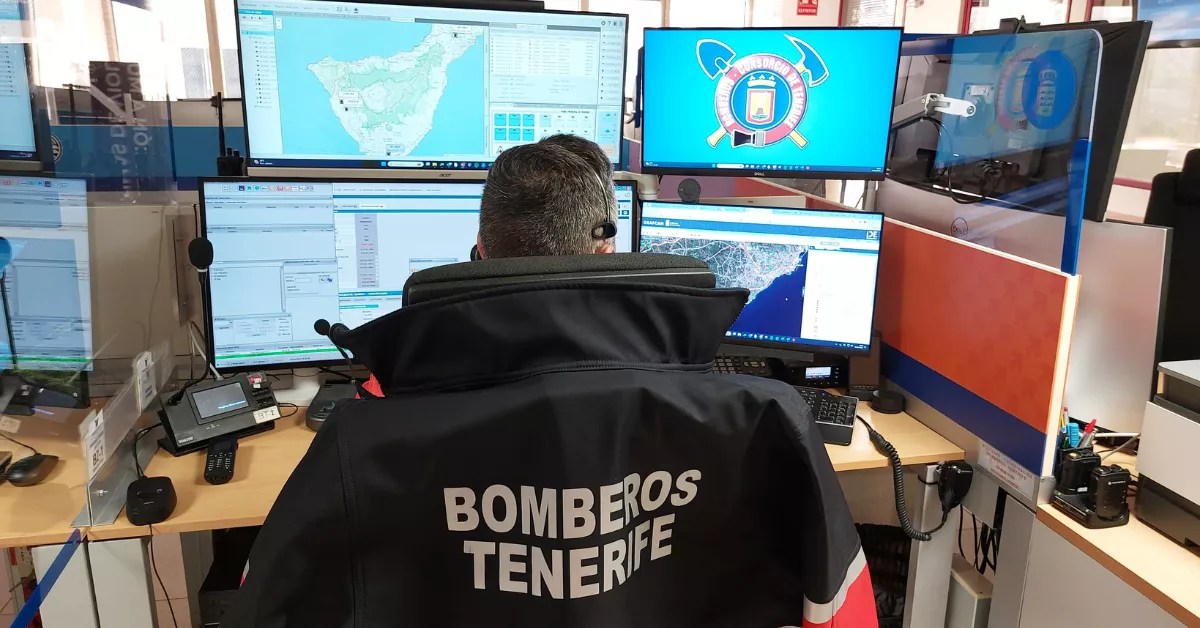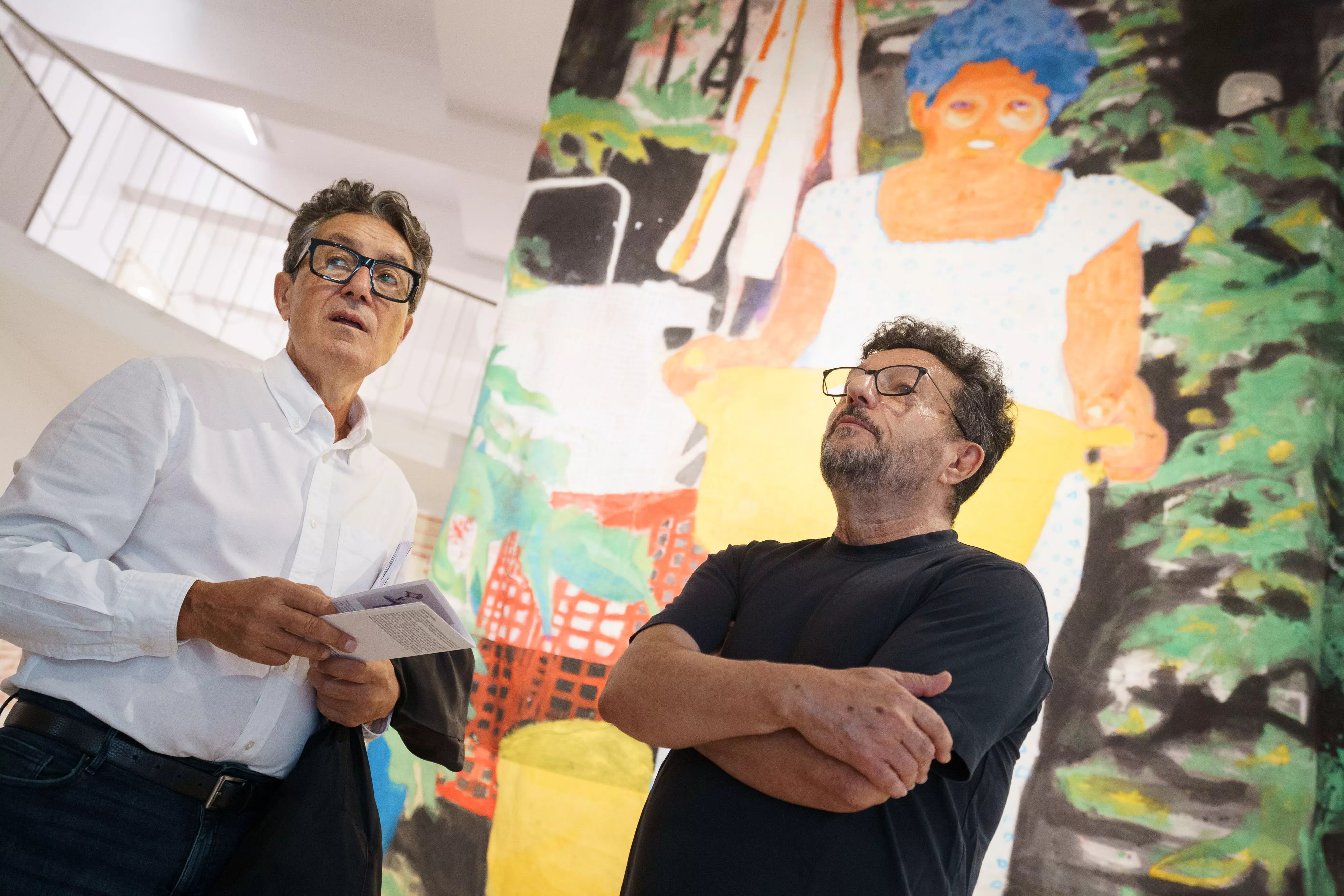
SANTA CRUZ DE TENERIFE, Nov. 16 (EUROPA PRESS) –
The Cabildo de Tenerife and the Adeje City Council are working so that the southern municipality has a new auditorium by the end of next year.
The Minister of Culture, Enrique Arriaga; The mayor of Adeje, José Miguel Rodríguez Fraga and the insular director of Culture, Alejandro Krawietz, visited the work on Monday to check the status of the works, which cost more than eight million euros.
The financing will be provided 61 percent by the island corporation (4.95 million) and the remaining 39 percent (3.17 million) will come from the municipal coffers.
The new infrastructure is built on the old theater of the town and the current project stands out for its equipment in which the two show rooms stand out, with capacities of 500 and 120 people, respectively.
Arriaga highlighted in a note that the Cabildo have been “sensitive” to the request received from the Adeje City Council, which has decided to modify the initial project that had been included in the Cultural Infrastructure Plan.
“This new proposal represents an increase of more than three and a half million euros compared to the contribution of the Cabildo, which reaches practically five million, but we are convinced from the two administrations that it will be an infrastructure capable of meeting the necessary demand in the municipality, “he explained.
For Rodríguez Fraga, “we are talking about a project of great interest to Adeje, which is going to convert an installation that no longer met the minimum conditions for the cultural programming of our municipality into a high-level multipurpose complex, which respects the technical needs for the development of theater and music “.
The mayor also added that the council must be thanked “not only for the financial support, but for the real interest that the site, from its architecture to its equipment, is at the required level.”
In his opinion, “we must think that when we reopen the theater it is not only about improving our cultural agenda, but also about energizing and generating an economy around the cultural activity that is generated here.”
















